Our Divine Fall
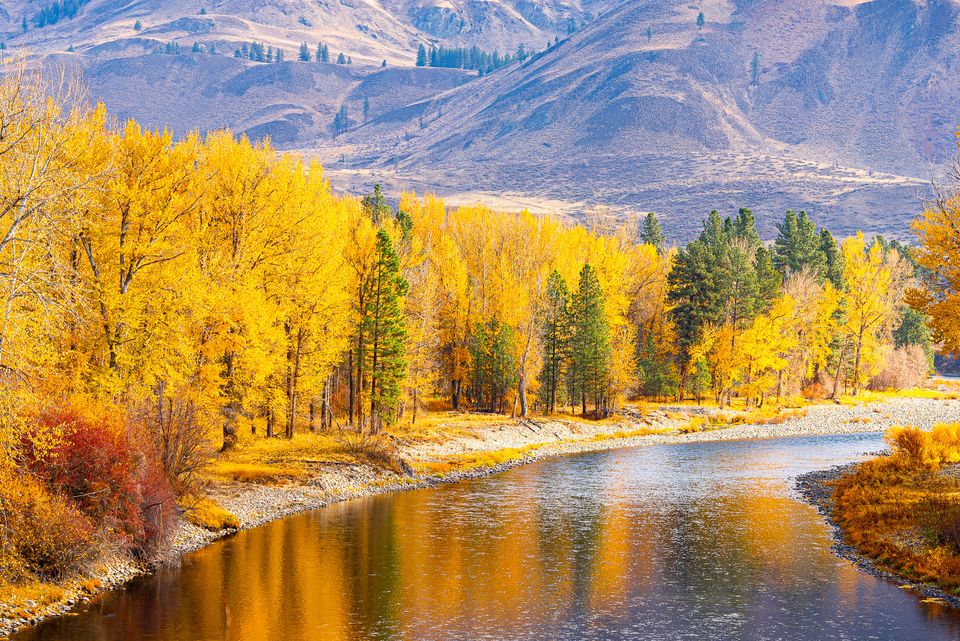
All across the Northern Hemisphere a magical transformation is taking place as leaves morph from the greens of spring and summer into the flaming reds, oranges, and yellows of autumn.
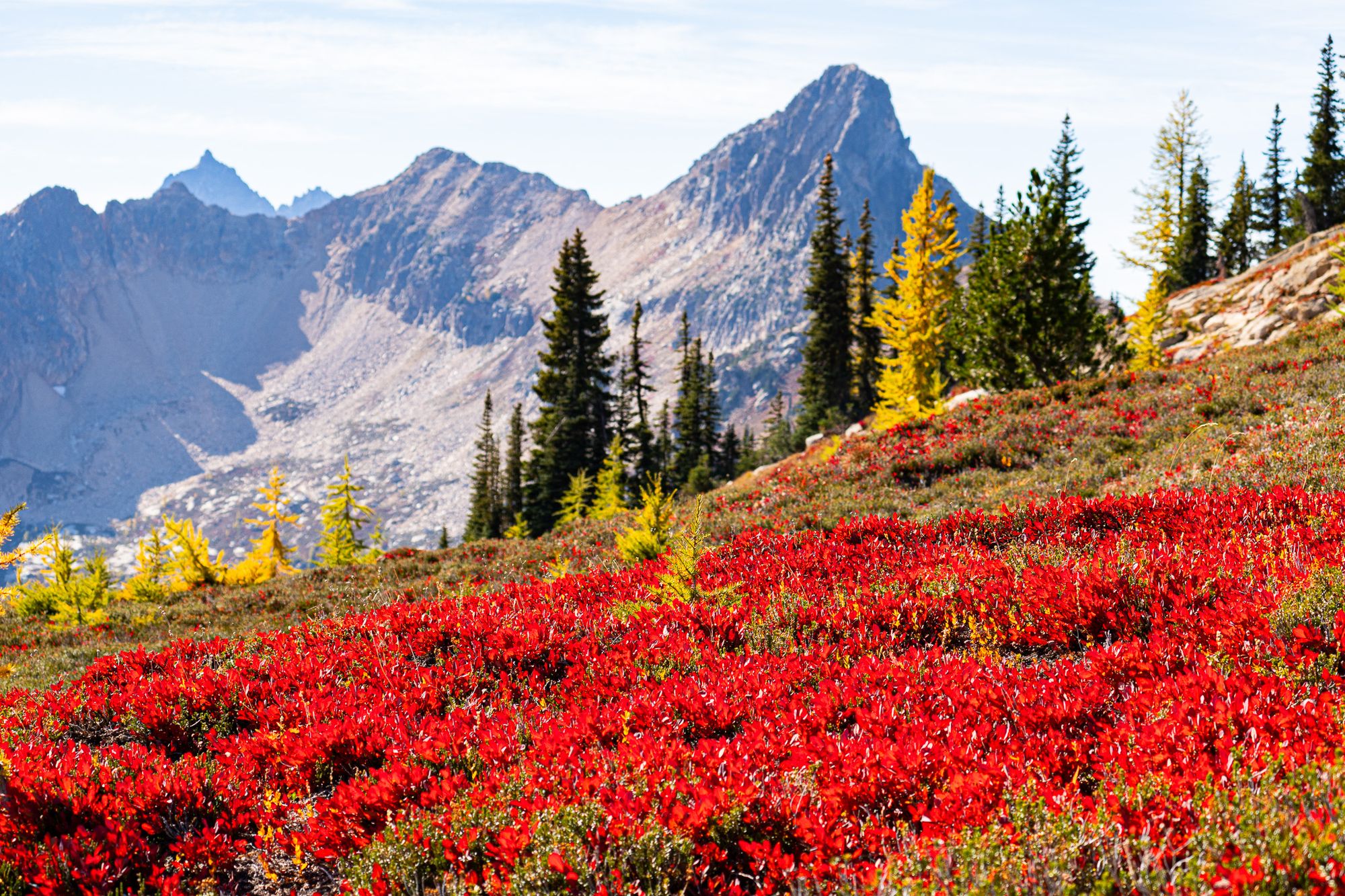
You might think this transition—from living greens, through reds, and into browns—is little more than a process of fading or dying, but that's not what's going on!
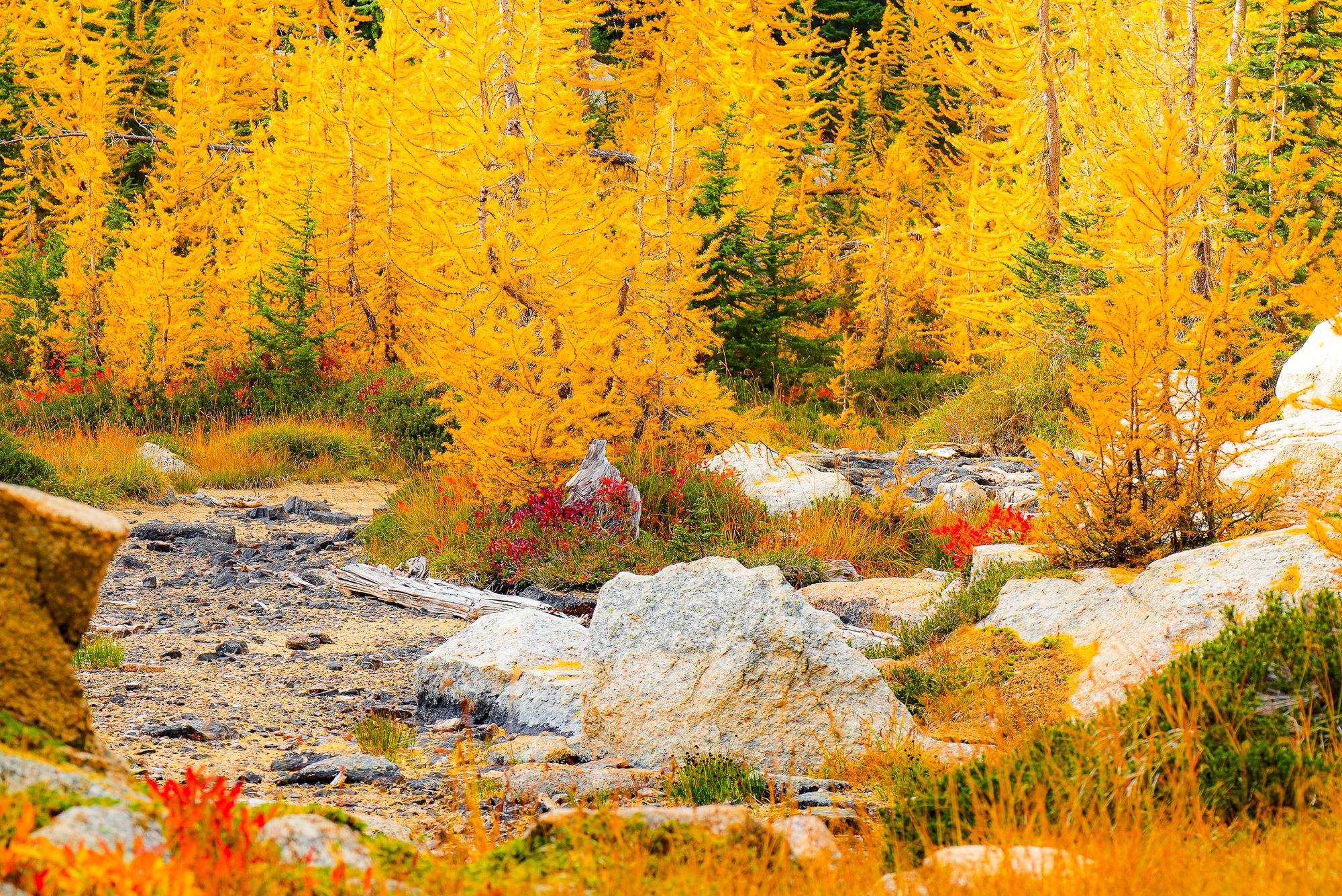
What you are witnessing is not a dying but an extremely active, carefully choreographed dance as plants break down the materials of summer, repackage them in new forms, and transport them to storage locations in branches, trunks, and roots.
Bright colors are a byproduct of this dance.
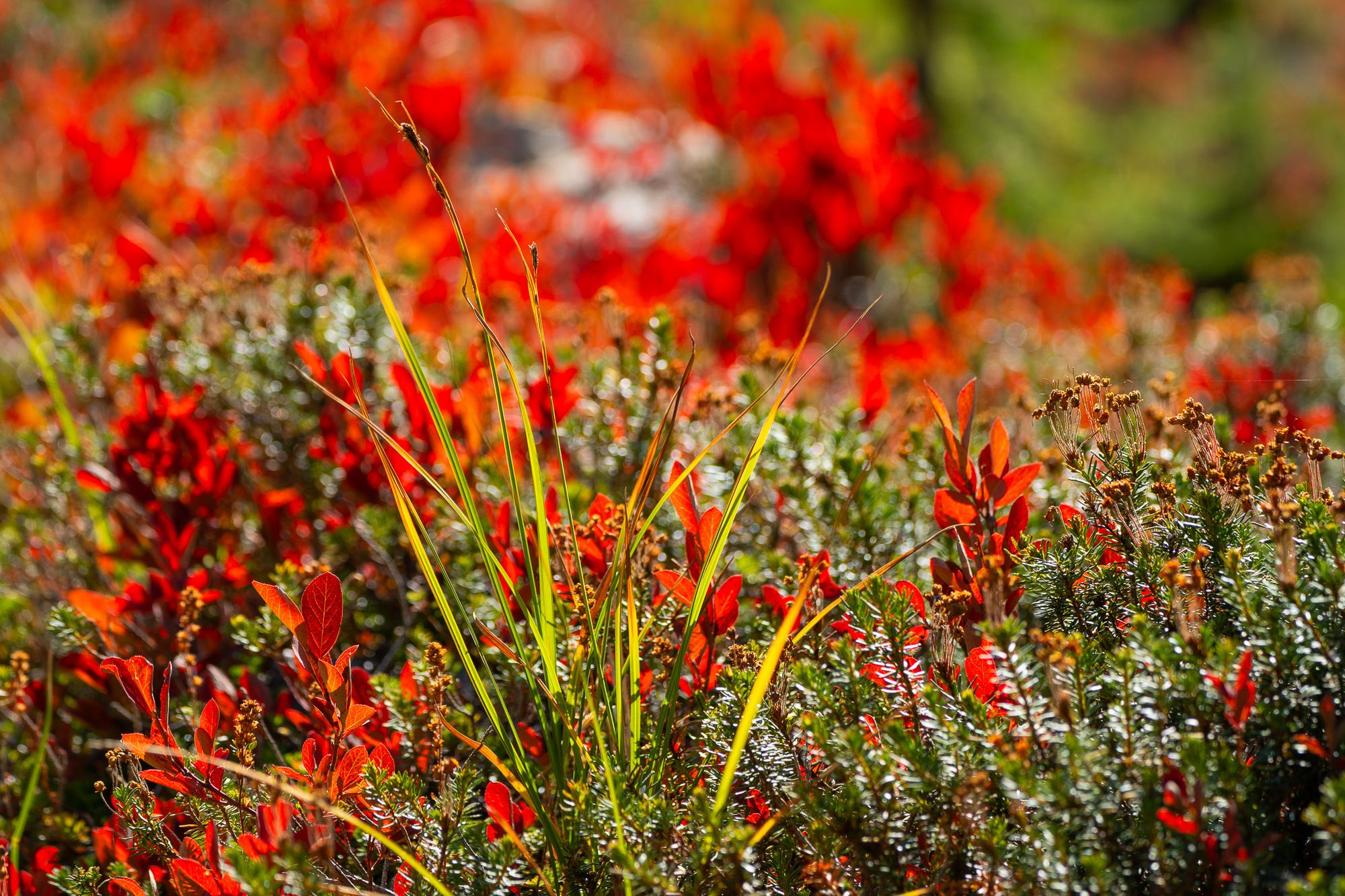
It helps to understand that the colors themselves are the result of complex biochemical reactions. The greens we see all summer are created by chlorophylls, which are the pigments that convert sunlight energy into the sugars that power plant life.
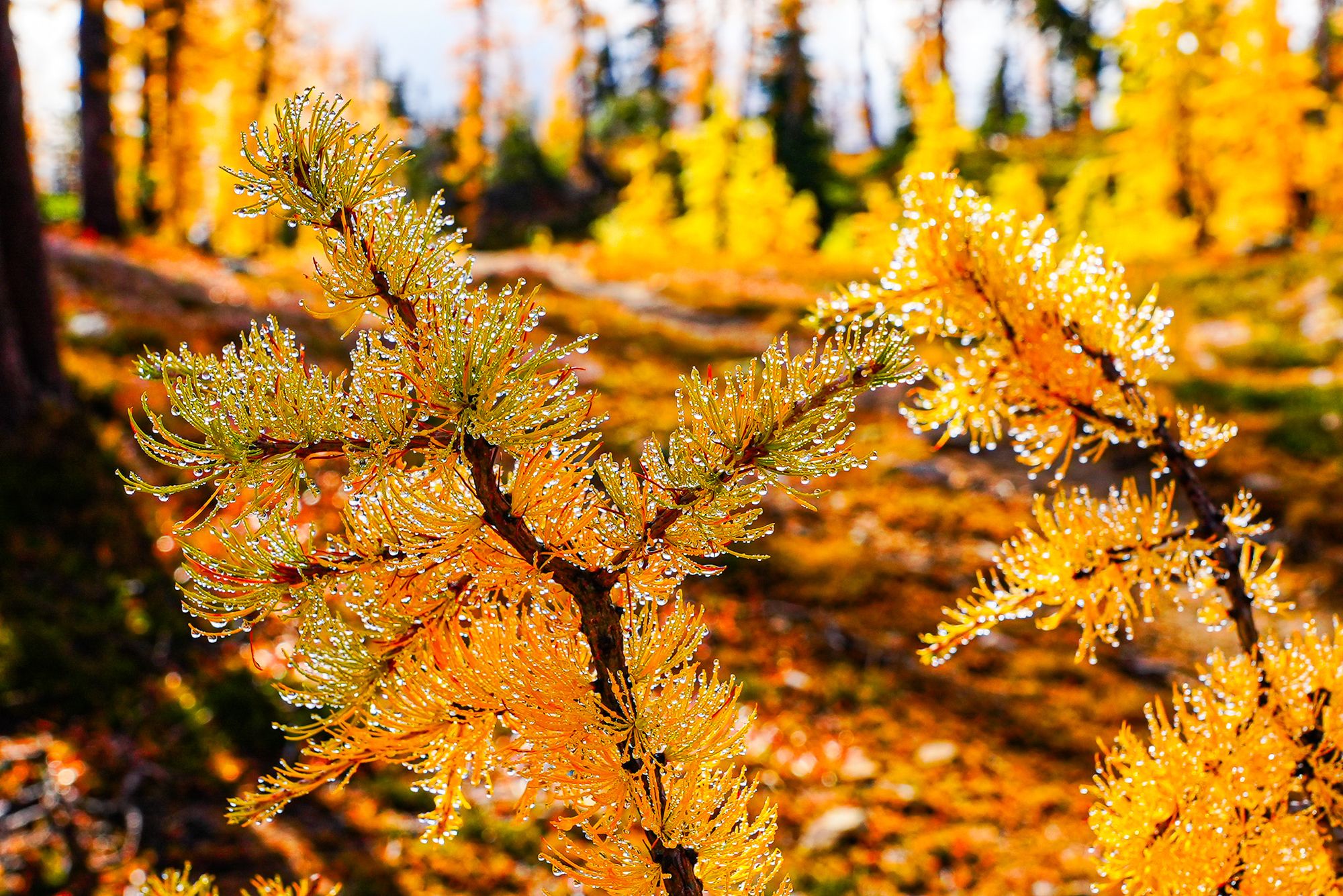
But too much sunlight limits the ability of leaves to photosynthesize, and also produces free radicals (atoms with unbalanced electrons) that wreak havoc on living cells. Therefore, plants protect themselves with compounds called flavones and flavonols that absorb ultraviolet radiation before it damages cells.
Flavones and flavenols are colorless, but when sugars attach to them they change into anthocyanins that produce brilliant reds, blues, and purples.
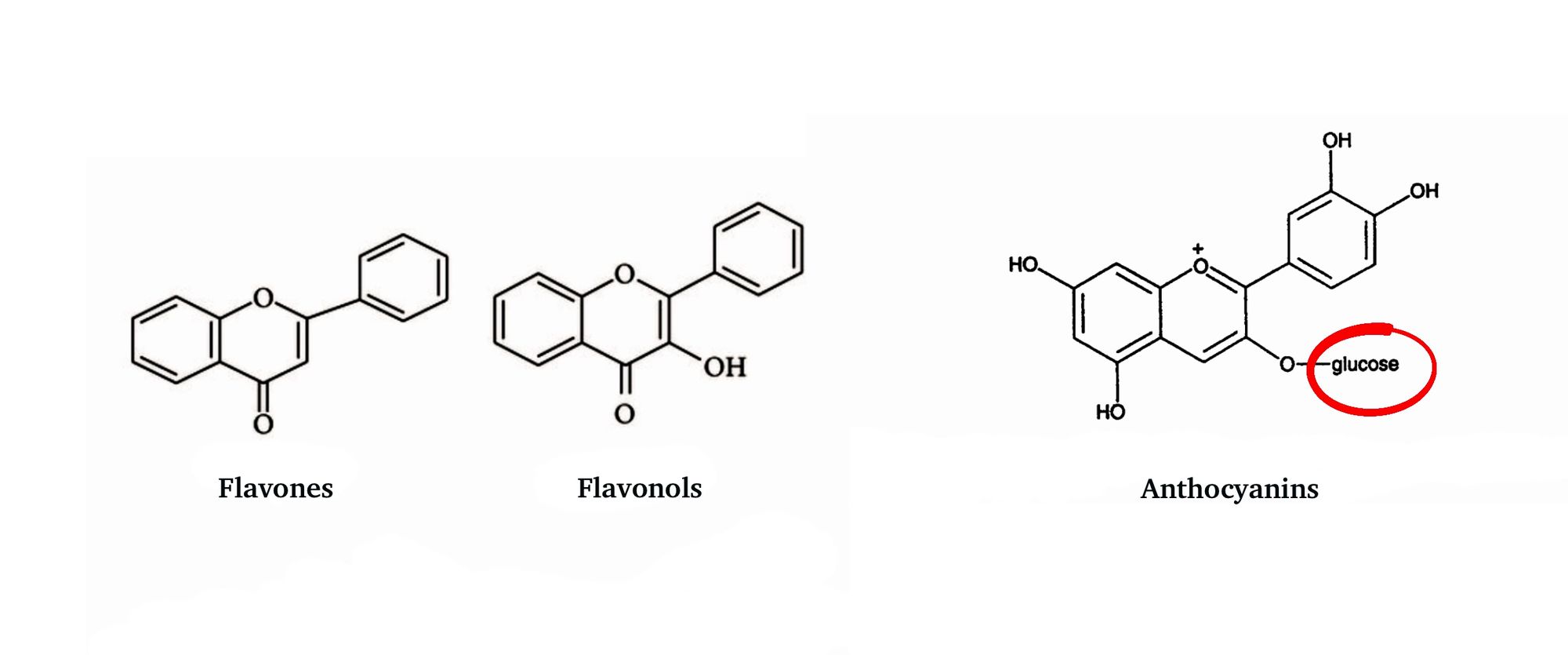
This change happens in the fall because clear, sunny days allow leaves to continue photosynthesizing and producing lots of sugars, while cold, frosty nights slow the transfer of sugars out of leaves into the rest of the plant, resulting in a buildup of sugars in the leaves.
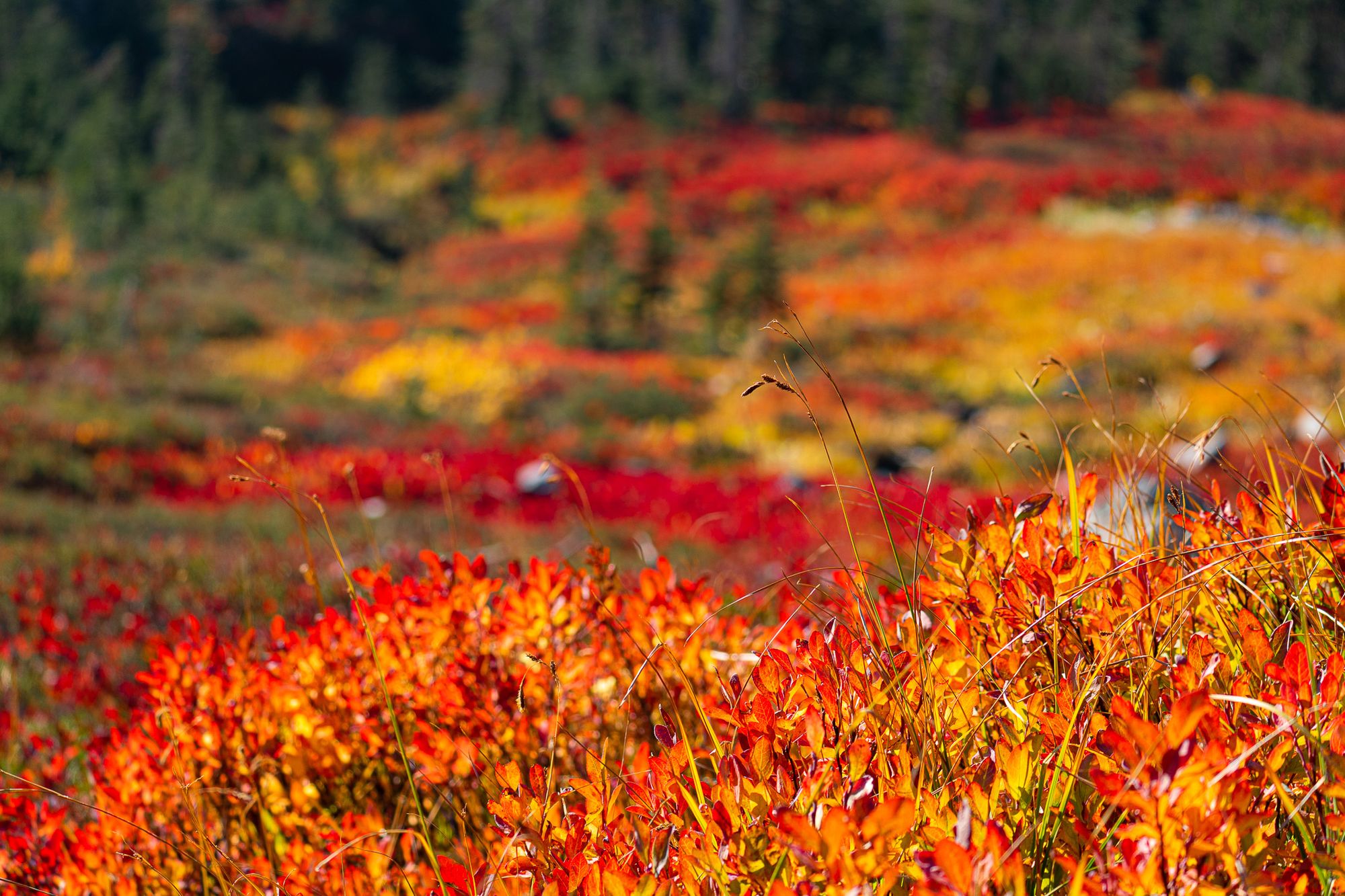
As sugars accumulate in leaves, they produce lots of colorful anthocyanins if the weather is cold and clear; but if autumn is cloudier and warmer than usual, then fewer sugars are produced on cloudy days, while more sugars are moved out of the leaves on warmer nights, resulting in duller fall colors.

So that's the underlying mechanics of what's going on, but it still doesn't explain why plants produce red and yellow pigments!
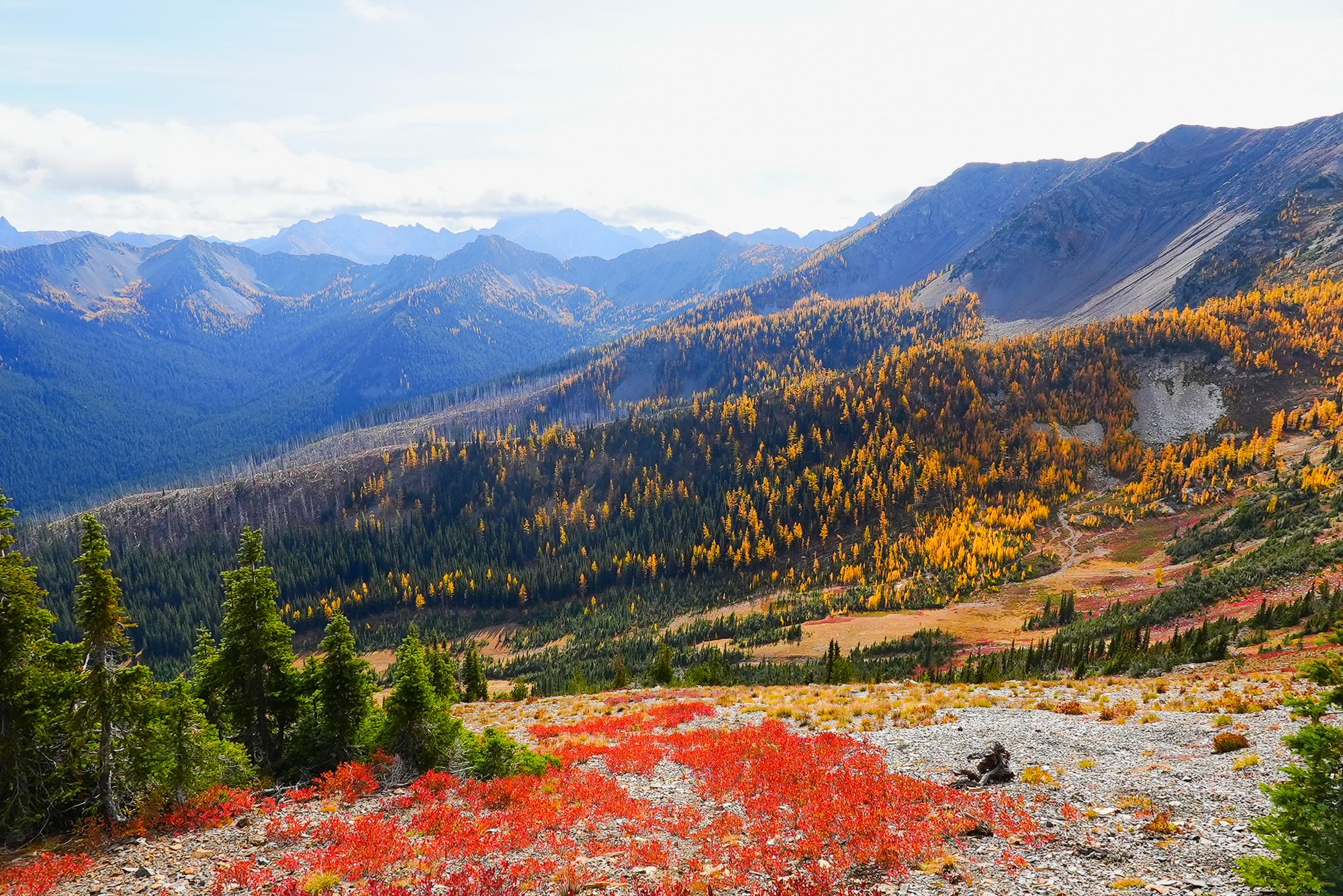
This turning of fall colors is not a passive process because every step is active and requires a significant investment of energy. It must benefit plants in some way.
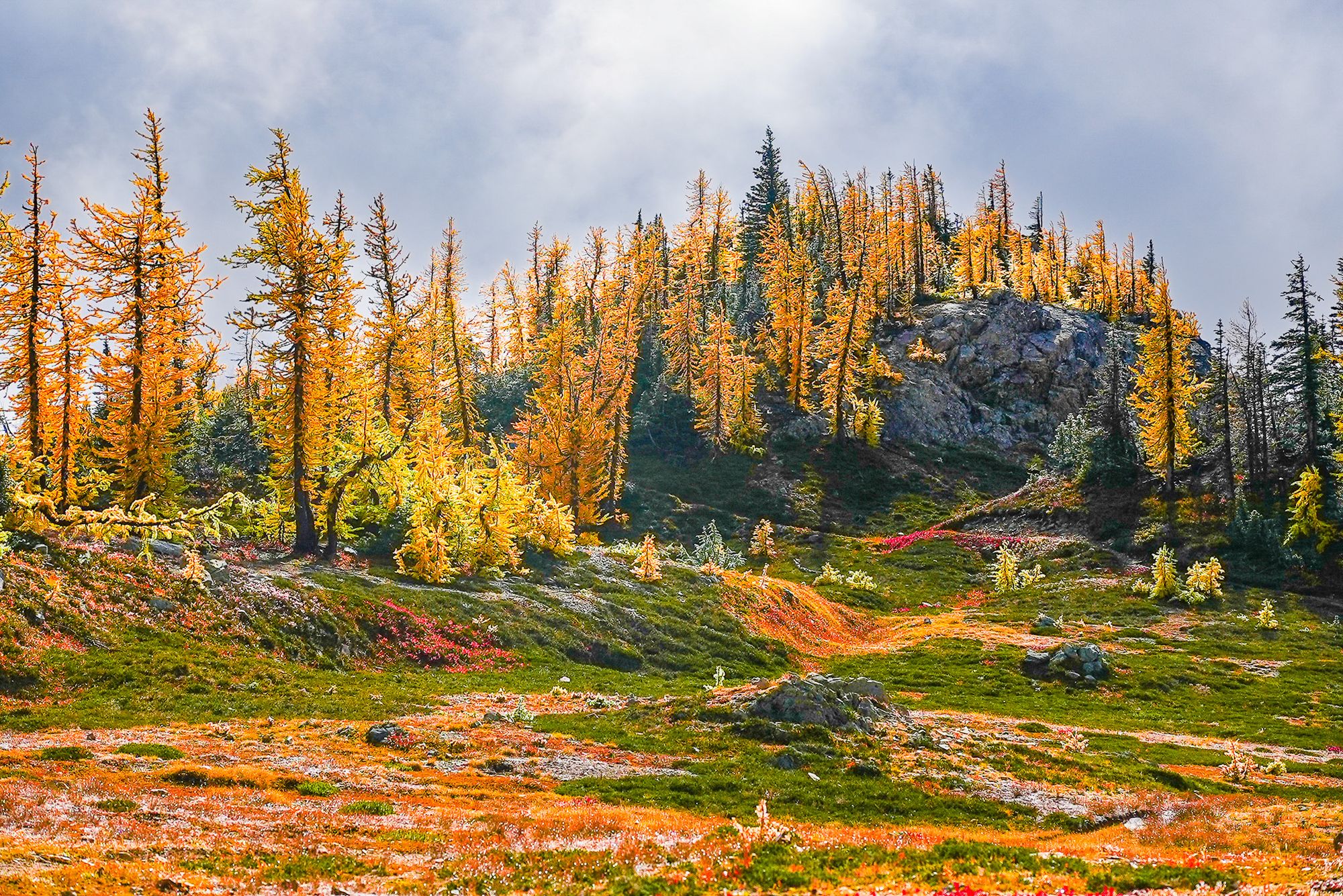
Arguably, the most pressing need for long-lived plants in the fall is to preserve the vital nutrients they've spent all summer accumulating and incorporating into the photosynthetic machinery of their leaves.
Critical elements like nitrogen, magnesium, and phosphorus are extremely hard to come by and plants cannot afford to throw them away when they shed old leaves. Instead, plants start a process of shuttling these elements from leaves to winter storage areas, most often by breaking down unneeded chemical compounds and rebuilding new ones.
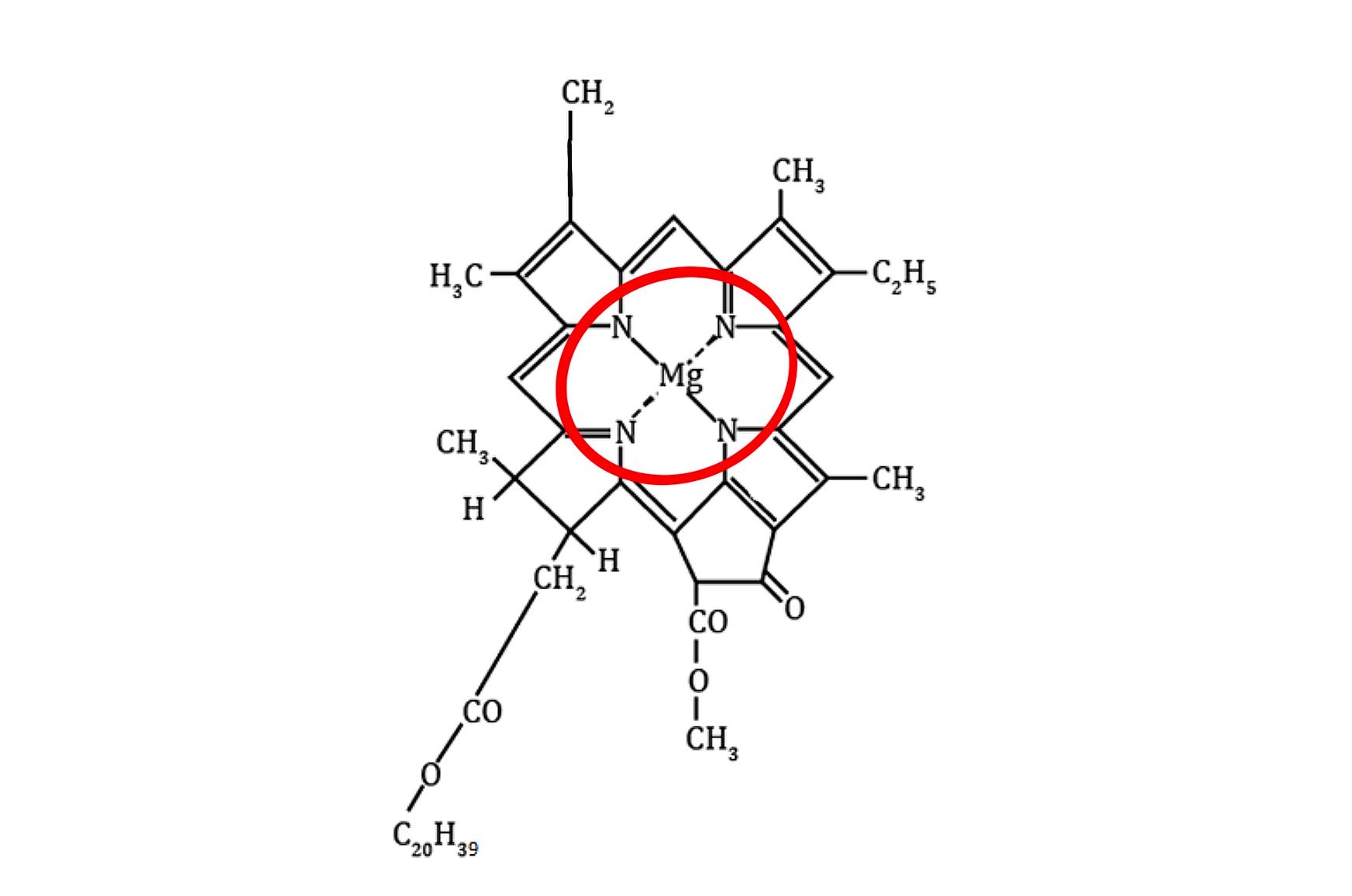
However, excessive ultraviolet radiation disrupts these metabolic pathways, so scientists believe that one role of fall colors is to absorb excess radiation and protect these pathways so plants have more time to shuttle nutrients into storage.
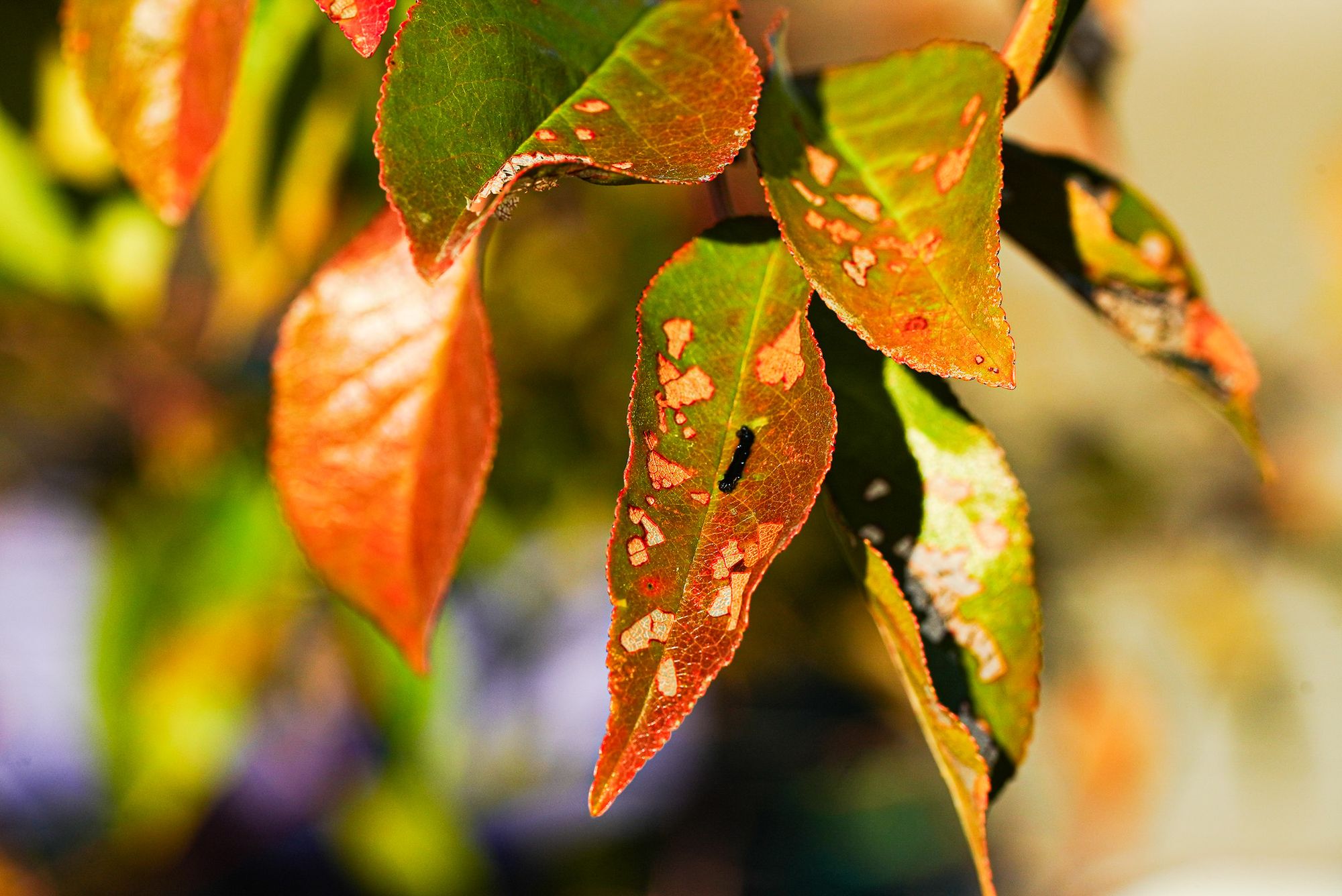
Other disrupters are animals that eat leaves, so red colors might also serve as visual signals. On one hand, red leaves could say "Hey, this leaf isn't going to be very nutritious because I've already removed most of the nutrients so don't bother eating it."
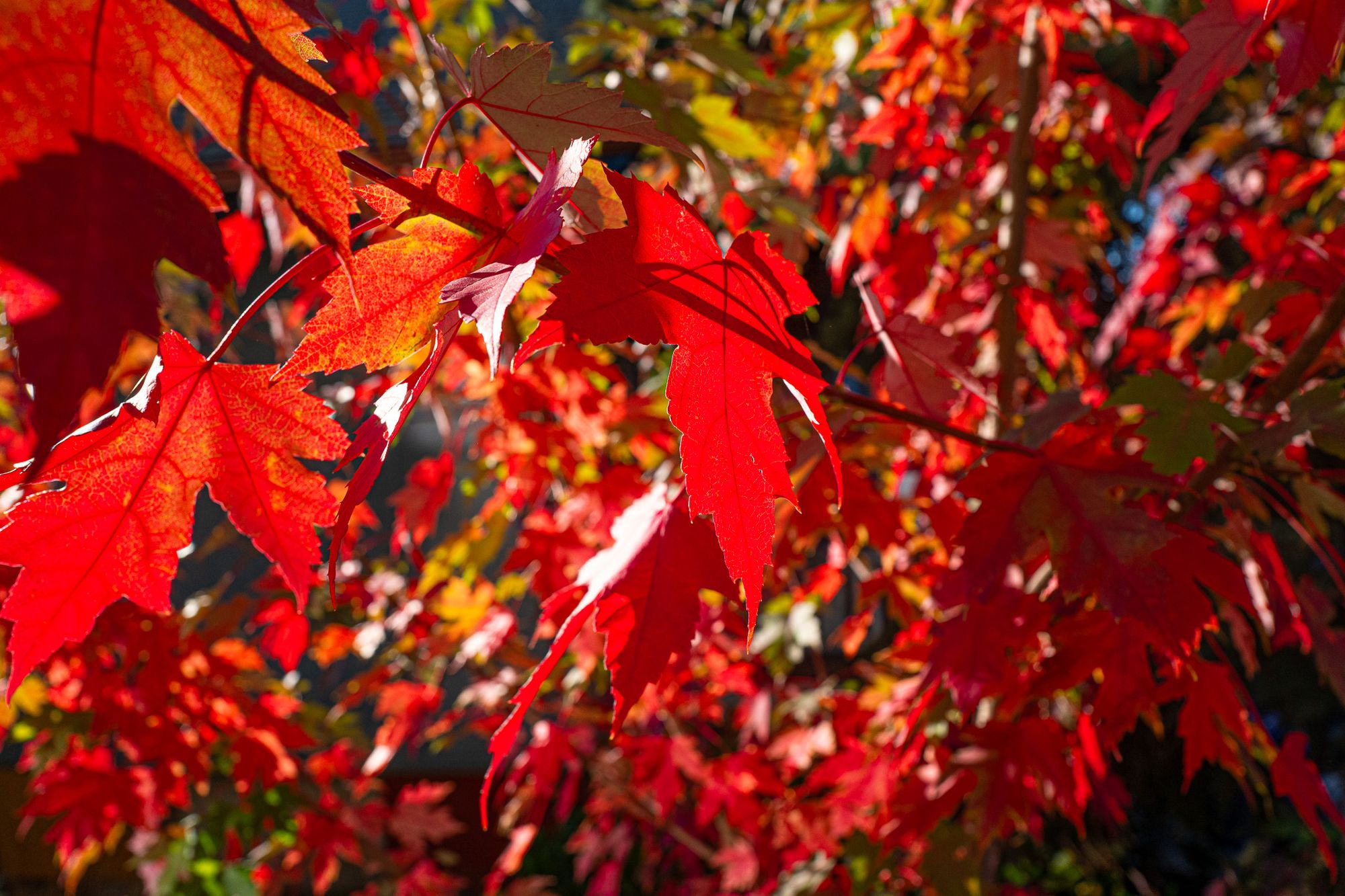
On the other hand, most mammals don't see red, so red leaves would show up as black, making them much harder to see in the shade. In both cases, the strategy is to protect leaves long enough that the plant has time to complete the process of moving essential nutrients to storage areas.
However, birds do see red colors, so a handful of fruiting plants use a different strategy called "foliar fruit flagging" to attract birds will who eat their fruits.
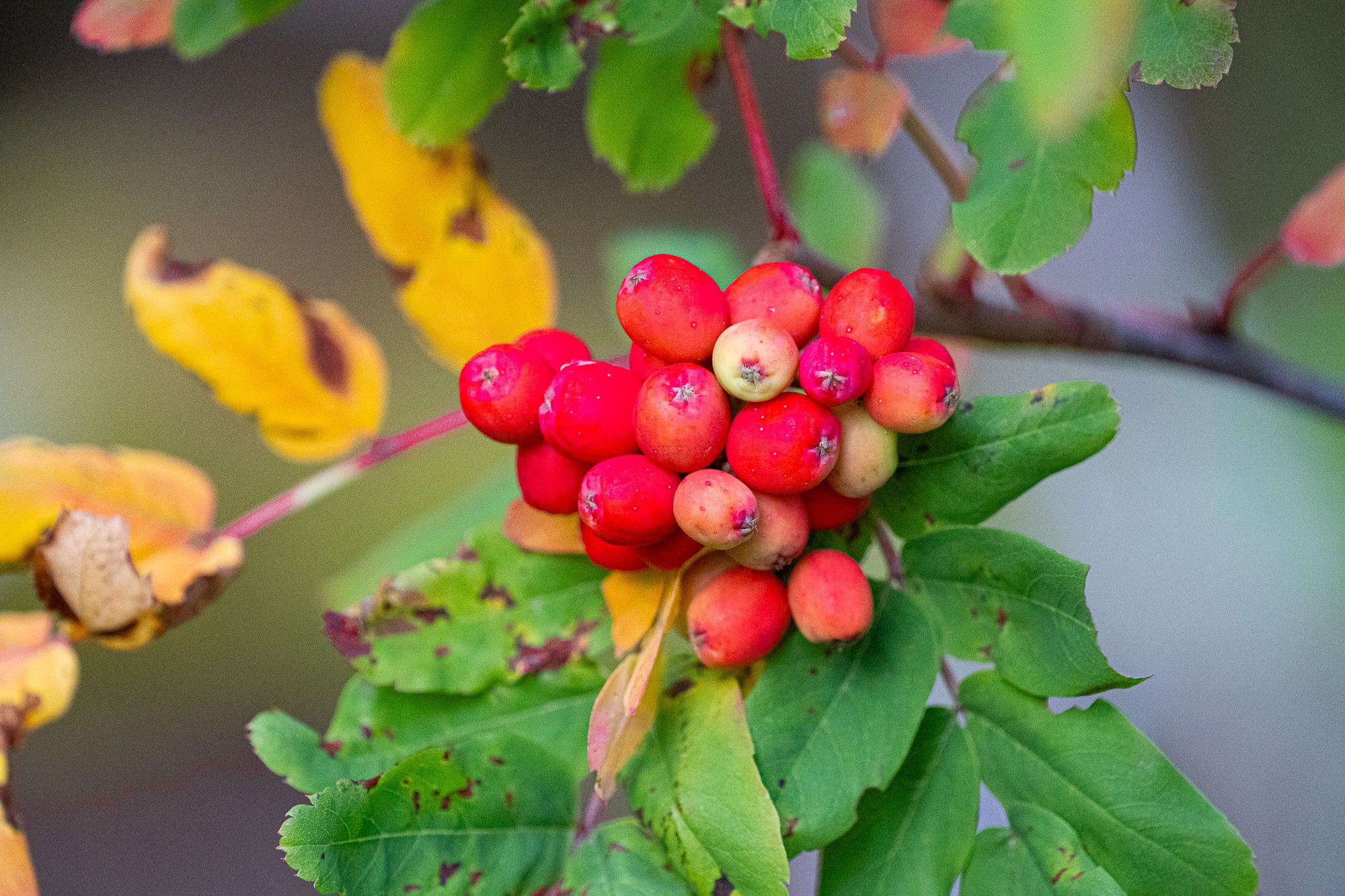
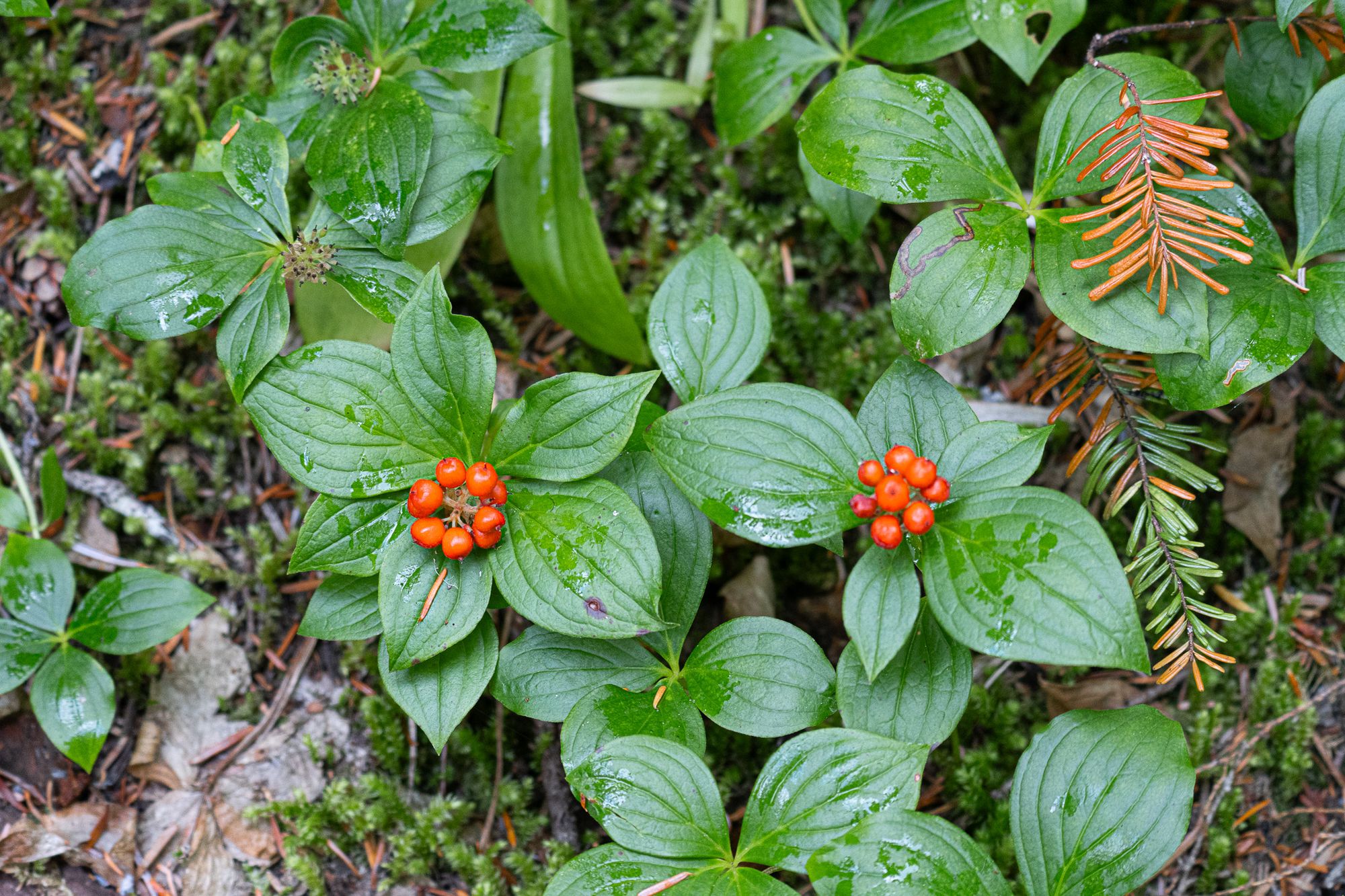
Examples of foliar fruit flagging in mountain ash and bunchberry. Photos by David Lukas
High-quality, sugar-rich fruits rot quickly if left behind, so it's critical to plants that these fruits are eaten by birds who defecate the seeds in new locations. And, there's no better way to catch a bird's attention than with bright red berries or a showy display of bright red leaves.
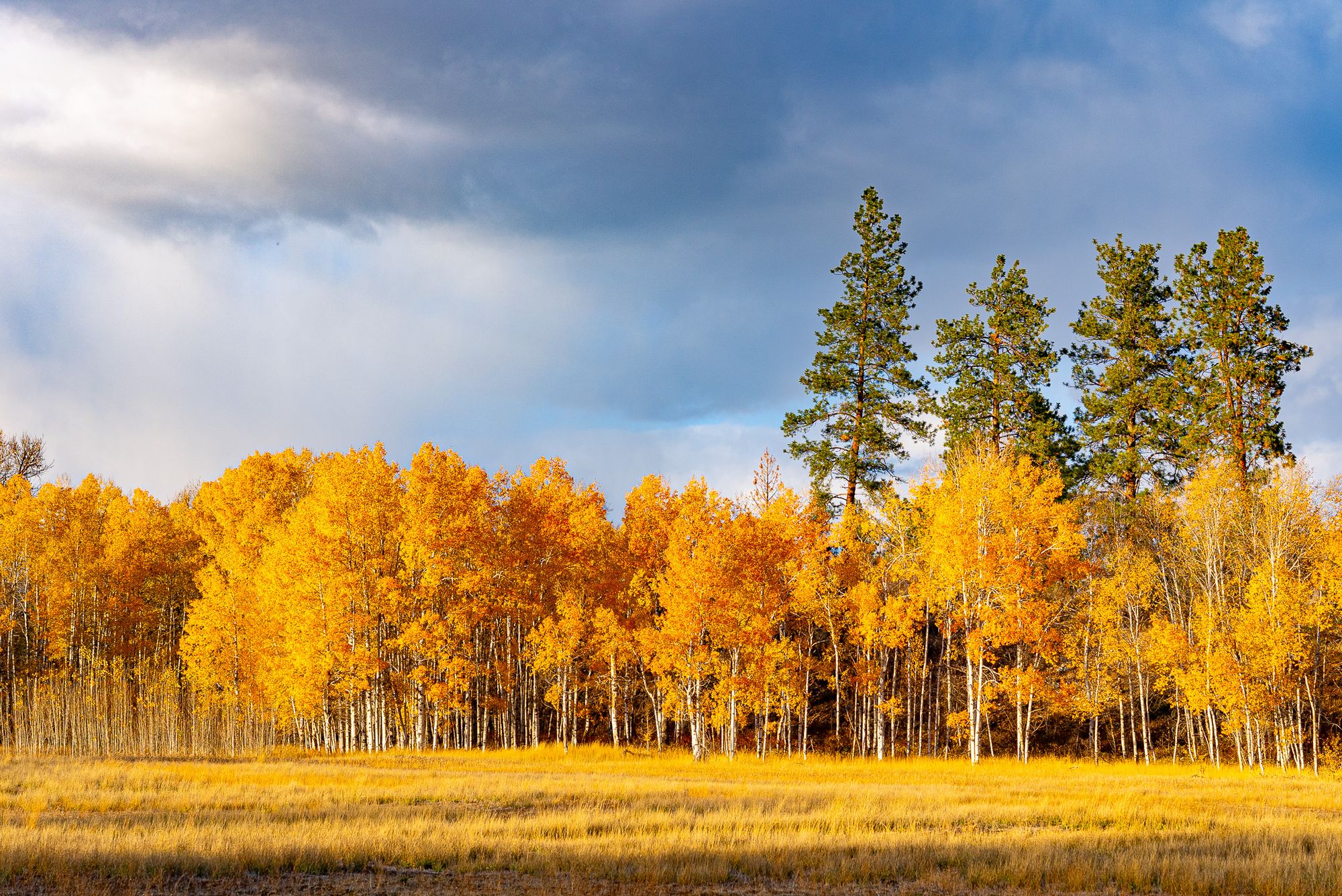
It's always a pleasure to see fall colors, but as you can tell, there's a lot more going on than just a bunch of green leaves turning red!

Member discussion